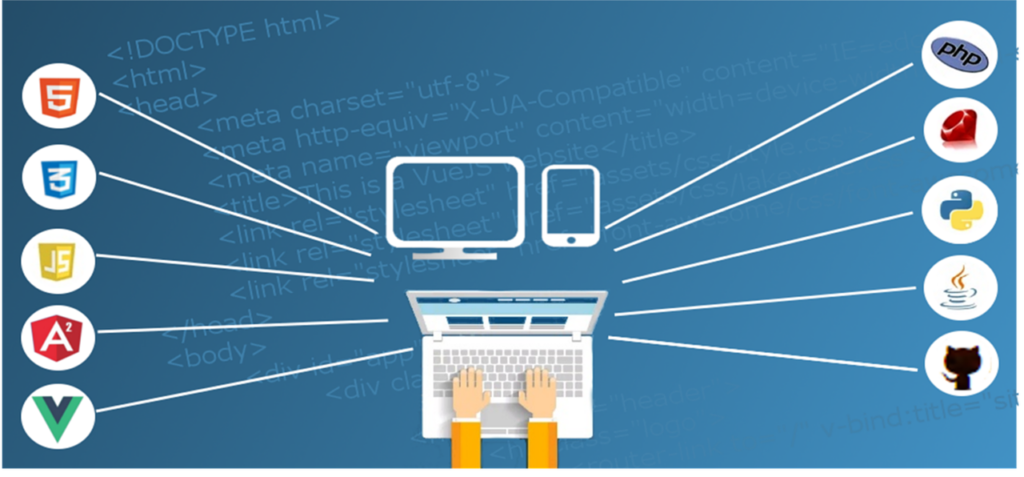
10 Things To Consider Before Scraping Dynamic Websites
Posts by Alan TaylorMay 20, 2023
If you’re looking to scrape a dynamic website for data, there are some important things you need to consider before you start.
This includes understanding the technical environment of the website and its potential security risks, as well as techniques that can make your web scraping processes more efficient.
Before scraping dynamic web pages for data, several key considerations must be reviewed and addressed to ensure a successful endeavor.
From understanding the target website’s coding language to testing the quality of your results before production-level output, here are ten things to consider before scraping dynamic websites.
1. Understand Web Scraping Basics
You should understand the basics of how web scraping works before diving into it. The process of “web scraping” involves utilizing automated scripts and functions to retrieve data from websites.
Understanding the basics of web scraping is essential for successful dynamic website scraping.
You should know the different types of web scraping, such as scraping HTML web pages, scraping APIs, and using web scraping tools.
Additionally, you should understand the basics of HTML and how it is used to structure webpages.
You should understand the programming languages used in web scraping, such as Python, JavaScript, and PHP.
2. Select The Right Scraping Tool
Selecting the right scraping tool is essential for successful web scraping. Online scraping tools come in different varieties. You should consider the data you want to scrape before selecting a tool.

Also consider the complexity and scale of the project, your budget, and the features of the scraping tool, such as the ability to bypass captchas and rate limits and the ability to export data in different formats.
There are a variety of scraping tools available from open-source libraries. It’s important to research and determine the best fit for your needs based on factors such as cost, speed, accuracy, and ease of use.
3. Use An Off-the-Shelf Web Scraper
Using an off-the-shelf web scraper is a great way to quickly and easily scrape data from websites.
There are many off-the-shelf web scrapers available. Each tool has its own advantages and disadvantages, so it is important to select the one that best fits your needs.
Off-the-shelf web scrapers are an easy and cost-effective option for those starting web scraping.
Using pre-built tools such as a Telegram scraper, can save you from having to build a scraping tool from the ground up, saving you time and money.
Properly configured, the off-the-shelf scraper is usually more than sufficient for scraping dynamic websites.
Before deciding, check each of your selected options to understand their capabilities and limitations.
4. Identify And Utilize Metadata
Metadata is often included in dynamic websites and it can be extremely helpful when you’re scraping.
It allows the scraper to identify which parts of a page are being changed, modified, or dynamically loaded.
This helps the scraper locate and update meaningful content rather than superficially scraping generic data.
You will want to set up your web scraper to tap into this metadata for effective harvesting.
Metadata can be used to improve the structure of your data, create more accurate search results, and improve your overall data scraping process.
Additionally, you should consider using metadata tags to help provide better context for your data, such as using tags for product categories, content types, and geographic locations.
5. Use A Pool Of IPs
Using a pool of IPs is an important part of web scraping. A pool of IPs is a set of IPs that are used to access the web to avoid being blocked or detected.
This is done by using proxies that are assigned to the pool and accessing the web from different IPs.
Consider using a mix of residential and data center IPs to reduce the chances of being blocked, as well as using rotating proxies to reduce further the chances of being identified.
Also, use a proxy provider that offers a large pool of IPs to maximize your chances of success.
This prevents your scraper from hitting the same web server too many times in quick succession, which can be seen as suspicious behavior and thus result in a block.
We recommend using rotating proxies to ensure that your data extraction tasks are accomplished with a variable IP address for each request.
6. Know Your Target Platform
Knowing your target platform is essential for successful web scraping. You should adjust your scraping tools and techniques depending on your target platform.
Some platforms are easier to scrape than others, but all of them require some knowledge and understanding of the target platform structure.
Before you start researching, the platform can help you configure your crawler more effectively and also recognize potential security threats.
Different platforms may have browser restrictions or rate limits intended to stop automated crawling processes like yours. Knowing these ahead of time can save you time and effort later on.
7. Determine The Structure And Format Of The Data
Determining the structure and format of the data is also an important step in web scraping. You need to know the source of the data, the format of the data, and the structure of the data.
This will help you to decide which web scraping tool to use and how to structure the output data.
Further, you should consider the data output format, such as JSON, CSV, or XML. This will help to ensure the data is in a usable format.
Research the target page to identify its underlying structure, such as whether it uses JavaScript or frames.
You can determine which scraping method is appropriate by knowing this information beforehand.
Some platforms require specific scraping methods, while others allow more flexibility in your approach.

8. Investigate Potential Security Risks
The key to scraping websites safely is to invest in potential security risks. You should check for potential malicious activity, such as DDoS attacks, malicious bots, and other potential threats.
Besides, you should consider the data privacy laws of the target platform and make sure you comply with them.
Investing in potential security risks arising from your scraping activities, such as IP blocks and blacklisting is important.
Taking measures to protect your scrape from malicious attacks can help prevent unexpected downtime or even data loss.
To ensure a secure connection, use secure protocols like HTTP over SSL/TLS and utilize encrypted connections when feasible.
Additionally, take steps to maintain appropriate access control lists for the resources you intend to scrape.
9. Estimate The Duration And Difficulty Of Crawling
Before beginning a project to scrape dynamic websites, it is important to estimate the duration and difficulty of the crawling process.
Crawling web structures with complex scripts can take a significant amount of time without always providing useful data.
As such, it is important to assess the challenge posed by each website you intend to scrape and develop an appropriate strategy for efficiently collecting data.
Deploying parallel crawlers can help speed up the process, although this will require additional resources and management.
The duration of a crawl depends on factors such as the website’s size, and complexity, the internet connection’s speed, and the number of pages to be crawled.
To accurately estimate the duration and difficulty of a web scraping project, it is best to use a duration estimator tool to help you identify and assess the difficulty of the project.
10. Build Flexible And Scalable Systems To Manage Loads Of Data
When building a system to manage data, you should consider using distributed systems to help manage and process large datasets.
Additionally, consider using a cloud-based solution to help with scalability and elasticity.
Consider using data caching and other optimization techniques to help reduce the time it takes to process and analyze large datasets.
It is critical to build systems that can handle large amounts of data. When scraping dynamic websites, you will need to consider the scale of your data collection process and develop systems that can expand or shrink as necessary.
If a system cannot scale up or down, it’s likely to be overwhelmed by a larger data set or underutilized if the dataset size is smaller than expected.
Cloud storage solutions can help you keep your data volume flexible regardless of unexpected changes.
Conclusion
Web scraping is a potent tool for businesses to access large amounts of data from websites, databases, and legacy systems.
While web scraping can help businesses save time and money, it is important to understand the various aspects of web scraping and use the right tools and techniques to ensure the success of your project.
